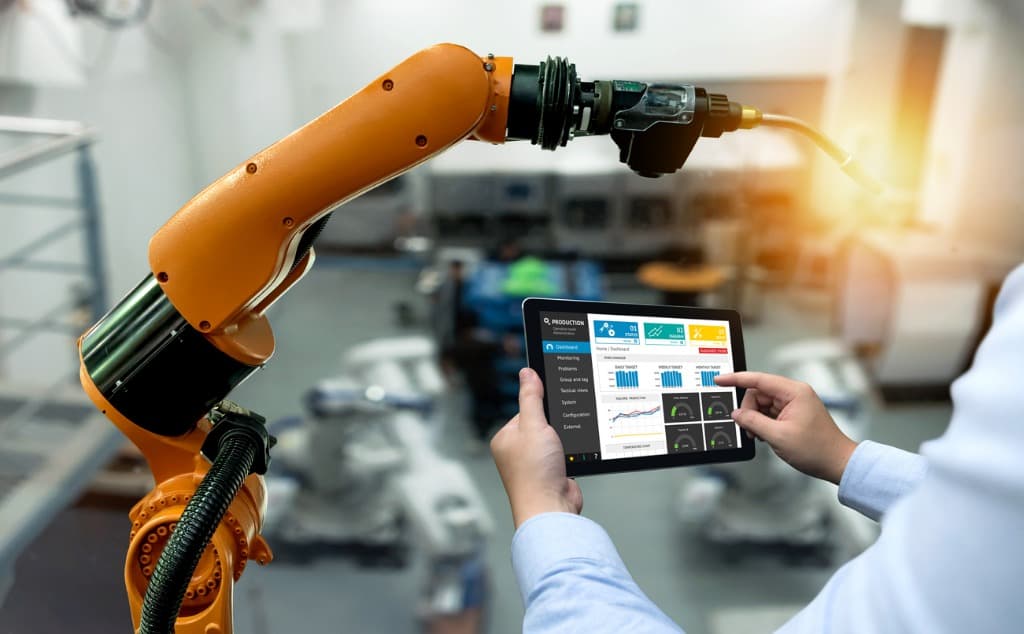The Fourth Industrial Revolution is the term that describes the increasing digitalization of industrial production processes and their connectivity. It is important to distinguish this term from digitalization as such, which describes the spread of digital and automated processes/technologies in society as a whole. The Fourth Industrial Revolution is rooted in the Internet, artificial intelligence (AI), machine learning and technical progress in general.
Brunel gives you the right experts
Dovetailing IT technologies and production technologies opens the door to new and innovative services and products. At the same time, however, the Fourth Industrial Revolution poses numerous challenges and hurdles for companies keen to develop technical standards and norms that enable communication between humans and machines. Brunel helps you master these challenges by providing you with qualified and experienced experts. Our specialists from the fields of data science, electrical engineering, automation technology, robotics and production technology possess in-depth knowledge and bring the necessary experience to make your next Fourth Industrial Revolution project a complete success. Go here to meet our experts and explore our service portfolio.
Digitalization has long since become a success factor in the economy. Intelligent connectivity between people and machines marks another milestone in industrial production. It is no longer just the production plants themselves that are connected to each other, but also suppliers, logistical services, manufacturing, customers and all adjacent areas. This combination can drive immense progress in terms of ordering processes, supply chains and information channels, for instance. To stay successful, companies should familiarize themselves with these developments. The following article therefore takes a closer look at the Fourth Industrial Revolution, explain such issues as the technical building blocks on which this revolution is based and the benefits and challenges associated with it.
Table of content
On what building blocks is the Fourth Industrial Revolution based?
Which areas does the Fourth Industrial Revolution cover?
How is the Fourth Industrial Revolution changing business models?
What competitive advantages does the Fourth Industrial Revolution create?
What challenges are associated with the Fourth Industrial Revolution?
What job profiles have been created by the Fourth Industrial Revolution?
How Brunel can support you with your next project?
